A Note on Multi-Index Mittag-Leffler Functions and Parametric Laguerre-Type Exponentials
Abstract
1. Introduction
2. Pseudo Versus True Exponential Functions
The Two-Parameter Case
3. The General Case
4. Applications and Extensions
4.1. Multi-Parametric Linear Dynamical Systems
4.2. Multi-Parametric Population Dynamics Models
4.3. The Multi-Parametric Malthus Case
4.4. The Multi-Parametric Verhulst Case
5. Further Applications
- •
- Multi-parametric Bernoulli numbers:
- •
- Multi-parametric Bernoulli polynomials:
- •
- Multi-parametric Euler numbers:
- •
- Multi-parametric Euler polynomials:
The Case of the Fractional Derivatives
6. Conclusions
Author Contributions
Funding
Data Availability Statement
Conflicts of Interest
Appendix A

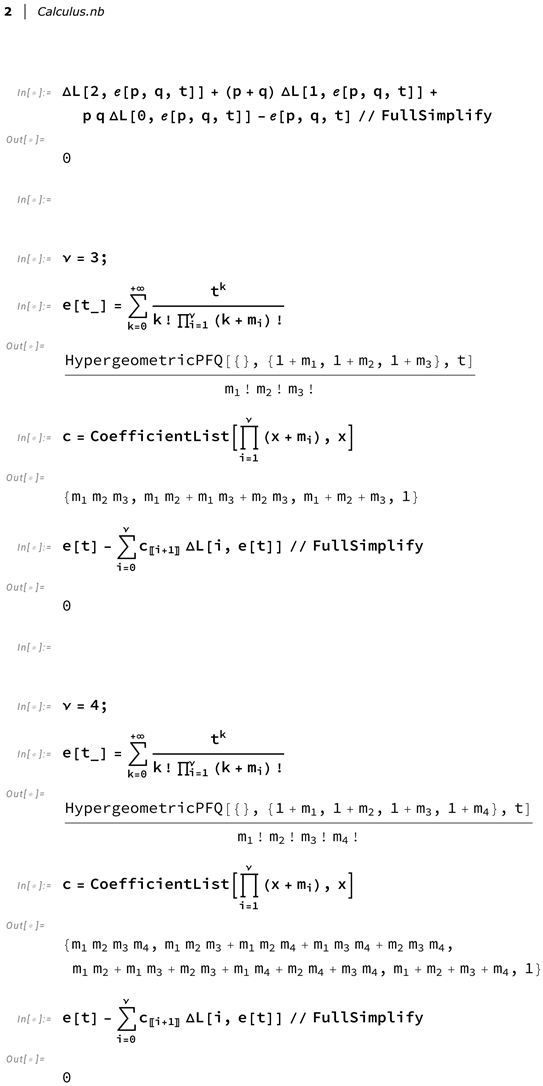
References
- Kilbas, A.A.; Koroleva, A.A.; Rogosin, S.V. Multi-parametric Mittag-Leffler functions and their extension. Fract. Calc. Appl. Anal. 2013, 16, 378–404. [Google Scholar] [CrossRef]
- Kiryakova, V. Multiple Dzrbashjan-Gelfond-Leontiev fractional differintegrals. In Proceedings of the Recent Advances in Applied Mathematics (Workshop RAAM’96), Kuwait City, Kuwait, 4–7 May 1996; pp. 281–294. [Google Scholar]
- Kiryakova, V. Multiple (multi-index) Mittag-Leffler functions and relations to generalized fractional calculus. J. Comput. Appl. Math. 2000, 118, 241–259. [Google Scholar] [CrossRef]
- Kiryakova, V. The multi-index Mittag-Leffler functions as an important class of special functions of fractional calculus. Comput. Math. Appl. 2010, 59, 1885–1895. [Google Scholar] [CrossRef]
- Paneva-Konovska, J. A survey on Bessel type functions as multi-index Mittag-Leffler functions: Differential and integral relations. Internat. J. Appl. Math. 2019, 32, 357–380. [Google Scholar] [CrossRef]
- Paneva-Konovska, J. Hyper-Bessel functions as multi-index Mittag-Leffler functions: Integrals and derivatives of arbitrary orders. In Proceedings of the 45th International Conference on Application of Mathematics in Engineering and Economics (AMEE’19), Sozopol, Bulgaria, 7–13 June 2019; Volume 2172, p. 050005. [Google Scholar] [CrossRef]
- Aljohani, A.F.; Ebaid, A.; Algehyne, E.A.; Mahrous, Y.M.; Cattani, C.; Al-Jeaid, H.K. The Mittag-Leffler function for re-evaluating the chlorine transport model: Comparative analysis. Fractal Fract. 2022, 6, 125. [Google Scholar] [CrossRef]
- Ebaid, A.; Cattani, C.; Al Juhani, A.S.; El-Zahar, E.R. A novel exact solution for the fractional Ambartsumian equation. Adv. Differ. Equ. 2021, 2021, 88. [Google Scholar] [CrossRef]
- Prabhakar, T.R. A singular integral equation with a generalized Mittag-Leffler function in the kernel. Yokohama Math. J. 1971, 19, 7–15. [Google Scholar]
- Caratelli, D.; Ricci, P.E. Laguerre-type fractional parametric population dynamics models. Appl. Nonlinear Anal. 2025, 1, 1–13. [Google Scholar]
- Mishra, A. Special Integrals; Series on University Texts in the Mathematical Sciences; Springer Nature: Singapore; Private Limited: Singapore, 2025. [Google Scholar] [CrossRef]
- Srivastava, H.M. Some families of Mittag-Leffler type functions and associated operators of fractional calculus. TWMS J. Pure Appl. Math. 2016, 7, 123–145. [Google Scholar]
- Fox, C. The asymptotic expansion of generalized hypergeometric functions. Proc. London Math. Soc. 1928, 27, 389–400. [Google Scholar] [CrossRef]
- Wright, E.M. The asymptotic expansion of the generalized hypergeometric function. J. London Math. Soc. 1935, 10, 284–293. [Google Scholar] [CrossRef]
- Wright, E.M. The asymptotic expansion of the generalized hypergeometric function. Proc. London Math. Soc. 1940, 46, 389–408. [Google Scholar] [CrossRef]
- Erdélyi, A.; Magnus, W.; Oberhettinger, F.; Tricomi, F.G. Higher Transcendental Functions; McGraw-Hill Book Company: New York, NY, USA; Toronto, ON, Canada; London, UK, 1953; Volume I. [Google Scholar]
- Srivastava, H.M. A survey of some recent developments on higher transcendental functions of analytic number theory and applied mathematics. Symmetry 2021, 13, 2294. [Google Scholar] [CrossRef]
- Barnes, E.W. The asymptotic expansion of integral functions defined by Taylor’s series. Philos. Trans. Roy. Soc. London Ser. A Math. Phys. Sci. 1906, 206, 249–297. [Google Scholar]
- Wright, E.M. The asymptotic expansion of integral functions defined by Taylor series. I. Philos. Trans. Roy. Soc. London Ser. A Math. Phys. Sci. 1940, 238, 423–451. [Google Scholar]
- Wright, E.M. The asymptotic expansion of integral functions defined by Taylor series. II. Philos. Trans. Roy. Soc. London Ser. A Math. Phys. Sci. 1941, 239, 217–232. [Google Scholar]
- Wright, E.M. The asymptotic expansion of integral functions and of the coefficients in their Taylor series. Trans. Amer. Math. Soc. 1948, 64, 409–438. [Google Scholar] [CrossRef]
- Mittag-Leffler, G.M. Sur la nouvelle fonction Eα(x). C. R. Acad. Sci. Paris 1903, 137, 554–558. [Google Scholar]
- Hilfer, R.; Seybold, H.J. Computation of the generalized Mittag-Leffler function and its inverse in the complex plane. Integral Transforms Spec. Funct. 2006, 17, 637–652. [Google Scholar] [CrossRef]
- Haubold, H.J.; Mathai, A.M.; Saxena, R.K. Mittag-Leffler functions and their applications. J. Appl. Math. 2011, 2011, 298628. [Google Scholar] [CrossRef]
- Mainardi, F. Why the Mittag-Leffler function can be considered the queen function of the fractional calculus? Entropy 2020, 22, 1359. [Google Scholar] [CrossRef] [PubMed]
- Caratelli, D.; Ricci, P.E. A note on fractional-type models of population dynamics. Math. Model. Anal. Vilnius Tech. 2023, 29, 480–492. [Google Scholar] [CrossRef]
- Caratelli, D.; Natalini, P.; Ricci, P.E. Fractional Bernoulli and Euler numbers and related fractional polynomials: A symmetry in number theory. Symmetry 2023, 15, 1900. [Google Scholar] [CrossRef]
- Ricci, P.E.; Srivastava, R.; Caratelli, D. Laguerre-type Bernoulli and Euler numbers and related fractional polynomials. Mathematics 2024, 12, 381. [Google Scholar] [CrossRef]
- Natalini, P.; Ricci, P.E. Laguerre-type linear dynamical systems. Ilirias J. Math. 2015, 4, 24–40. [Google Scholar]
- Caratelli, D.; Natalini, P.; Ricci, P.E. Laguerre-type parametric population dynamics models. J. Nonlinear Sci. Appl. 2025, 18, 239–249. [Google Scholar] [CrossRef]
- Almeida, R.; Bastos, N.R.O.; Monteiro, M.T.T. A fractional Malthusian growth model with variable order using an optimization approach. Statist. Optim. Inform. Comput. 2018, 6, 4–11. [Google Scholar] [CrossRef]
- Samko, S.G.; Kilbas, A.A.; Marichev, O.I. Fractional Integrals and Derivatives: Theory and Applications; Gordon and Breach Science Publishers: Yverdon, Switzerland, 1993. [Google Scholar]
- Kiryakova, V. Generalized Fractional Calculus and Applications; Pitman Research Notes in Mathematics Series, No. 301; Longman: Harlow, UK, 1994. [Google Scholar]
- Podlubny, I. Fractional Differential Equations: An Introduction to Fractional Derivatives, Fractional Differential Equations, to Methods of Their Solution and Some of Their Applications, Mathematics in Science and Engineering; Academic Press: New York, NY, USA; London, UK; Sydney, NSW, Australia; Tokyo, Japan; Toronto, ON, Canada, 1999; Volume 198. [Google Scholar]
- Hilfer, R. (Ed.) Applications of Fractional Calculus in Physics; World Scientific Publishing Company: Singapore; Newark, NJ, USA; London, UK; Hong Kong, China, 2000. [Google Scholar]
- Kilbas, A.A.; Srivastava, H.M.; Trujillo, J.J. Theory and Applications of Fractional Differential Equations; North-Holland Mathematical Studies; Elsevier (North-Holland) Science Publishers: Amsterdam, The Netherlands; London, UK; New York, NY, USA, 2006; Volume 204. [Google Scholar]
- Anastassiou, G.A. Generalized Fractional Calculus: New Advancements and Applications; Studies in Systems, Decision and Control; Springer: Cham, Switzerland, 2021; Volume 305. [Google Scholar]
- Dattoli, G. Hermite-Bessel and Laguerre-Bessel functions: A by-product ot the monomiality principle. In Advanced Special Functions and Applications, Proceedings of the Melfi School on Advanced Topics in Mathematics and Physics, Melfi, Italy, 9–12 May 1999; Cocolicchio, D., Dattoli, G., Srivastava, H.M., Eds.; Aracne Editrice: Rome, Italy, 2000; pp. 147–164. [Google Scholar]
- Delerue, P. Sur le calcul symbolique à n variables et fonctions hyper-besséliennes (II). Ann. Soc. Sci. Bruxelles 1953, 3, 229–274. [Google Scholar]
- Dimovski, I. Operational calculus for a class of differential operators. C. R. Acad. Bulgare Sci. 1966, 19, 1111–1114. [Google Scholar]
- Ditkin, A.P.; Prudnikov, V.A. Transforms and Operational Calculus; Pergamon Press: Oxford, UK, 1965. [Google Scholar]
- Gause, G.F. Vérifications Expérimentales de la Théorie Mathématique de la lutte pour la vie. In No. 277 of the Series on Actualités Scientifiques et Industrielles (Volume 9 of the Exposés de Biométrie et de Statistique Biologique); Hermann and Company: Paris, France, 1935. [Google Scholar]
- Alee, W.C. Animal Aggregations; University of Chicago Press: Chicago, IL, USA, 1931. [Google Scholar]
- Murray, J. Mathematical Biology; Springer: Berlin/Heidelberg, Germany; New York, NY, USA, 1989. [Google Scholar]
- Thieme, H.R. Mathematics in Population Biology; Princeton University Press: Princeton, NJ, USA, 2003. [Google Scholar]
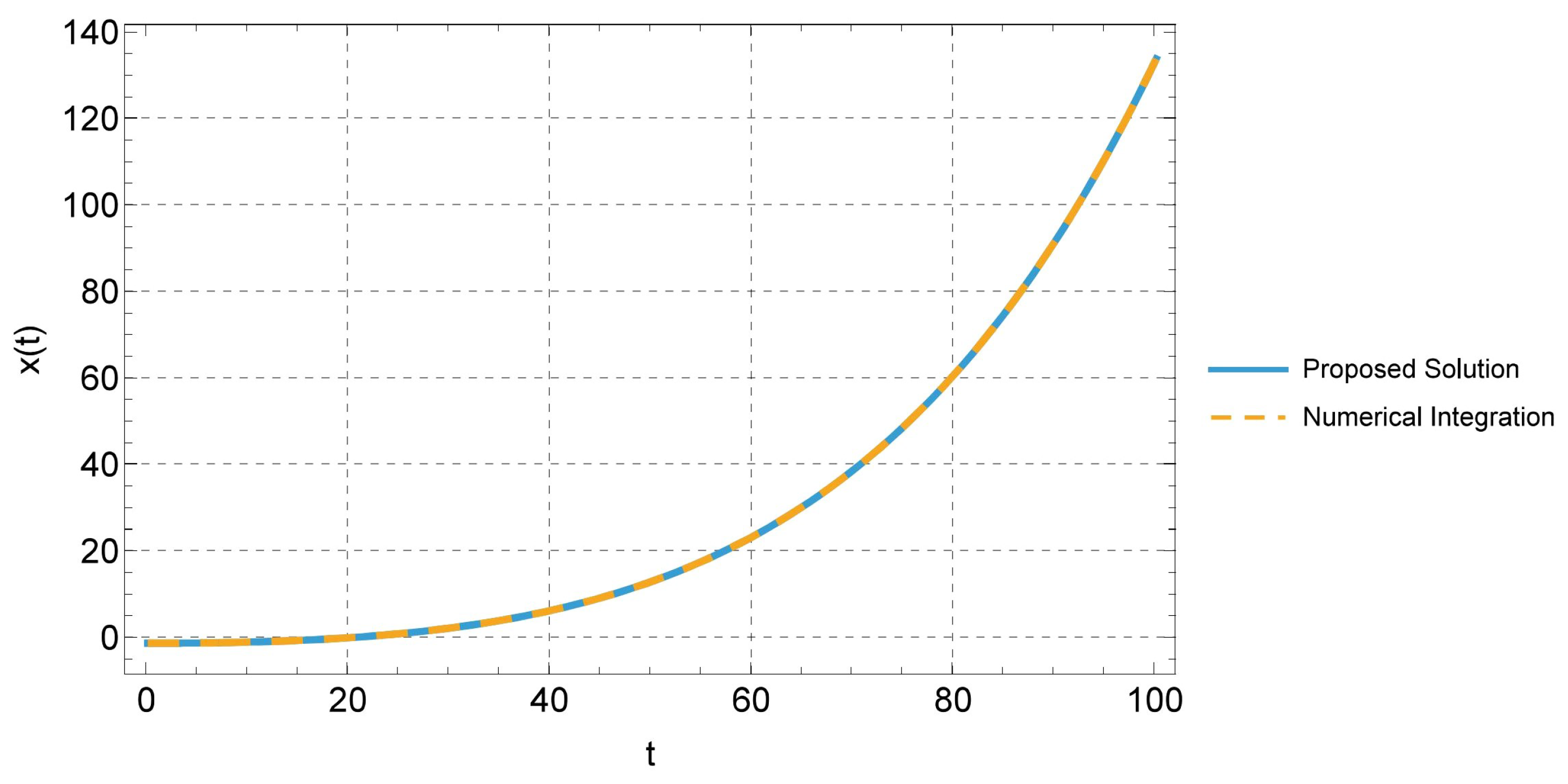
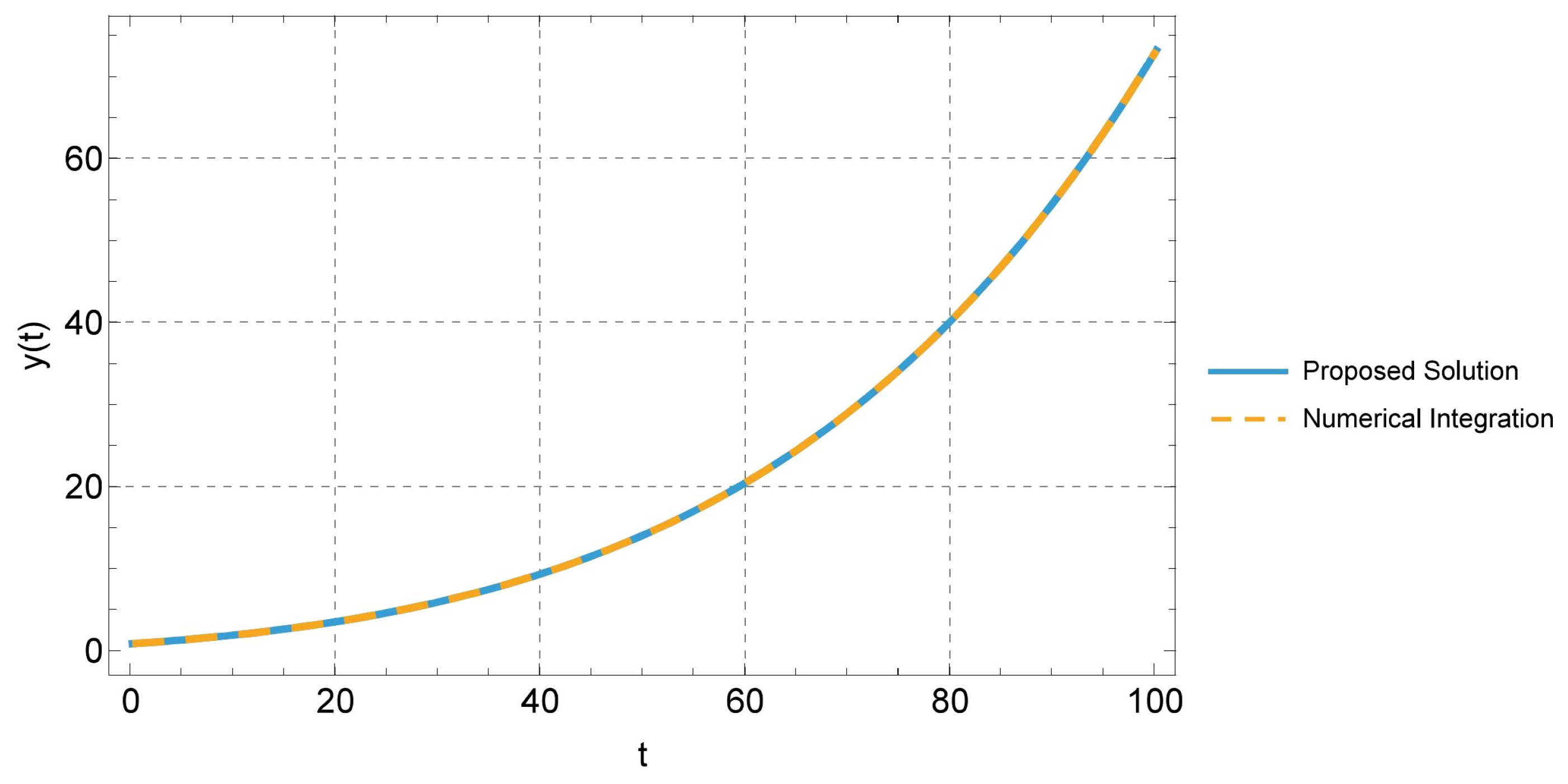

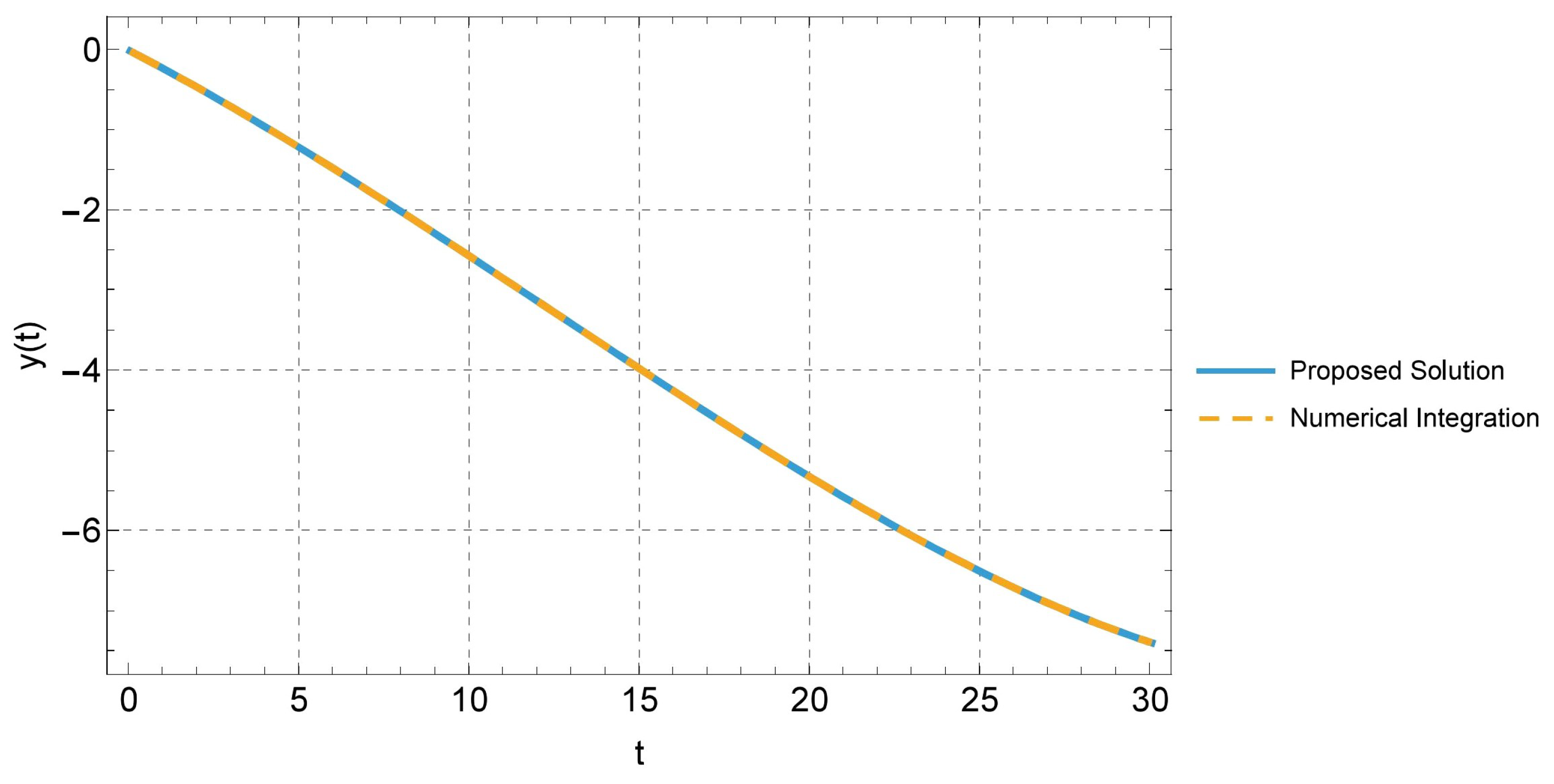


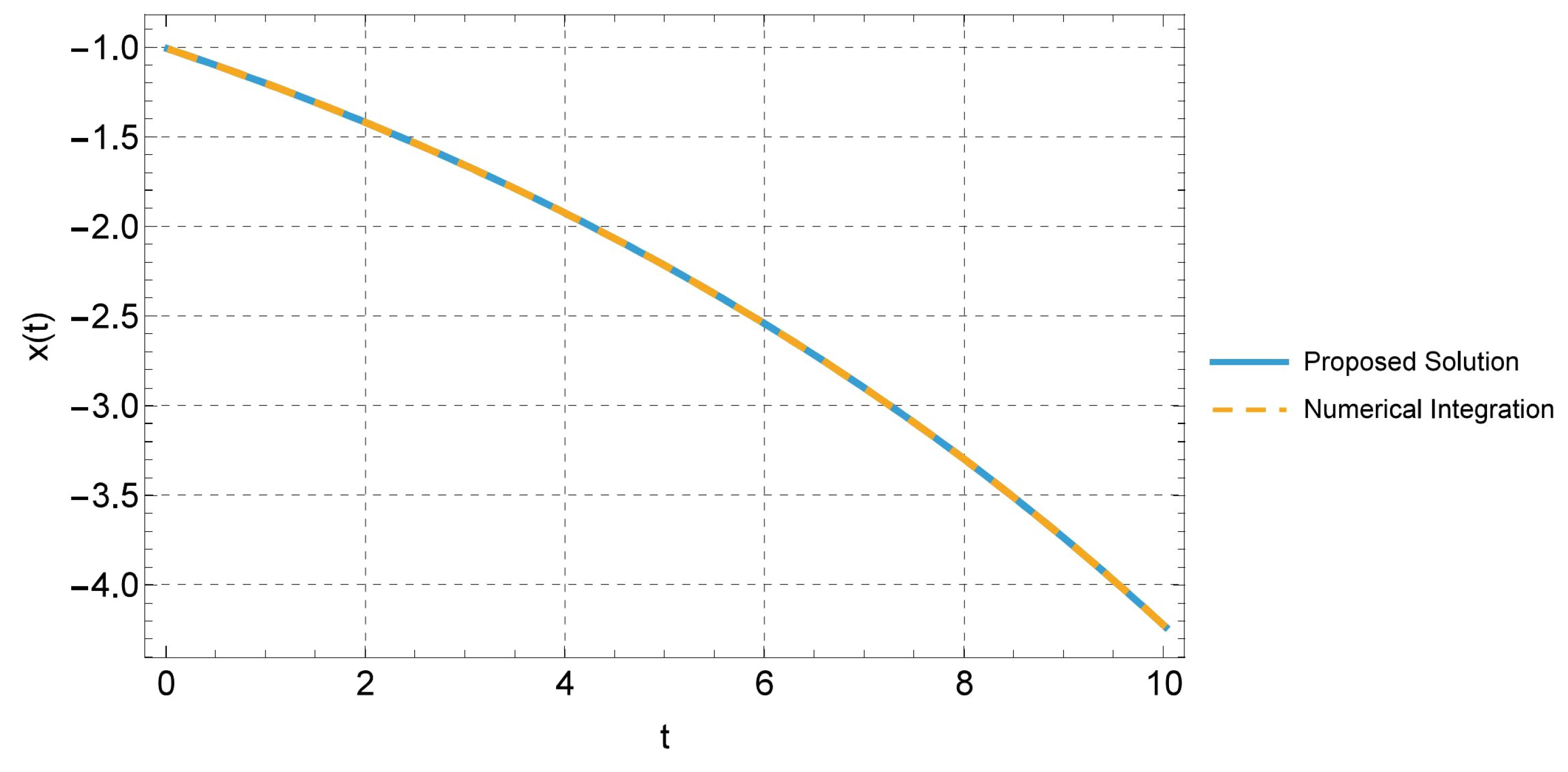
Disclaimer/Publisher’s Note: The statements, opinions and data contained in all publications are solely those of the individual author(s) and contributor(s) and not of MDPI and/or the editor(s). MDPI and/or the editor(s) disclaim responsibility for any injury to people or property resulting from any ideas, methods, instructions or products referred to in the content. |
© 2025 by the authors. Licensee MDPI, Basel, Switzerland. This article is an open access article distributed under the terms and conditions of the Creative Commons Attribution (CC BY) license (https://creativecommons.org/licenses/by/4.0/).
Share and Cite
Srivastava, H.M.; Caratelli, D.; Ricci, P.E. A Note on Multi-Index Mittag-Leffler Functions and Parametric Laguerre-Type Exponentials. Axioms 2025, 14, 705. https://doi.org/10.3390/axioms14090705
Srivastava HM, Caratelli D, Ricci PE. A Note on Multi-Index Mittag-Leffler Functions and Parametric Laguerre-Type Exponentials. Axioms. 2025; 14(9):705. https://doi.org/10.3390/axioms14090705
Chicago/Turabian StyleSrivastava, Hari Mohan, Diego Caratelli, and Paolo Emilio Ricci. 2025. "A Note on Multi-Index Mittag-Leffler Functions and Parametric Laguerre-Type Exponentials" Axioms 14, no. 9: 705. https://doi.org/10.3390/axioms14090705
APA StyleSrivastava, H. M., Caratelli, D., & Ricci, P. E. (2025). A Note on Multi-Index Mittag-Leffler Functions and Parametric Laguerre-Type Exponentials. Axioms, 14(9), 705. https://doi.org/10.3390/axioms14090705








